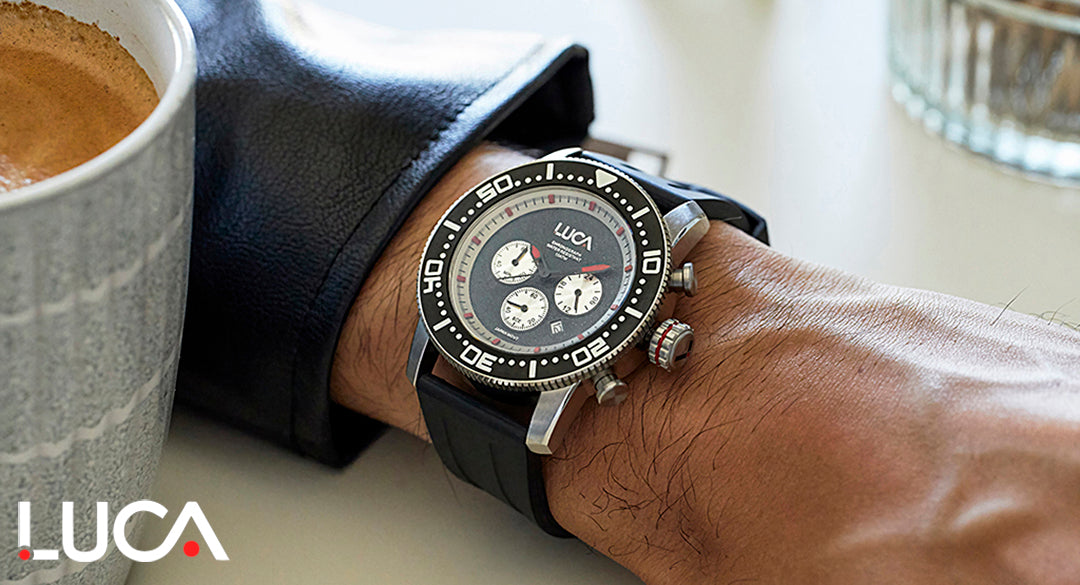
Why Guys Wear Watches on the Left Arm
Watches have been a staple accessory for men for centuries, serving both functional and stylish purposes. One aspect of watch-wearing that has remained consistent over the years is the tradition of wearing a watch on the left arm. But have you ever wondered why this is the case? In this article, we'll delve into the history and reasons behind this enduring convention.
A Brief History of Watches
Watches have their roots in the 16th century, when men wore pocket watches attached to chains or fobs. These early timepieces were carried in a vest pocket or attached to a belt. As watches evolved, they became more compact and wearable, leading to the development of wristwatches in the late 19th century. The first wristwatches were worn primarily by women, while men continued to carry pocket watches.
The Great War and the Rise of Wristwatches
World War I marked a significant turning point in the history of watches. Soldiers needed a more practical and accessible way to tell time, as pocket watches were cumbersome and impractical in the trenches. Wristwatches became the solution, allowing soldiers to quickly glance at their watches without having to dig into their pockets.
The Left Arm Tradition
So, why did men start wearing watches on their left arm? There are a few theories:
1. Historical Influence
In the early days of wristwatches, most men were right-handed. To avoid damaging their watches or getting them in the way of their dominant hand, they wore them on their left arm. This allowed them to perform daily tasks without interference.
2. Military Influence
During World War I, soldiers were often required to wear their watches on the left arm to ensure uniformity and ease of use. This military tradition carried over into civilian life, with men continuing to wear their watches on the left arm as a matter of habit.
3. Practicality
Wearing a watch on the left arm allows for easier access to the crown, making it simpler to wind or adjust the watch. This was particularly important in the past, when watches required more frequent winding.
4. Aesthetics
Let's not forget about style! Wearing a watch on the left arm creates a visually appealing balance with the right arm, which is often more muscular due to dominant hand use. This balance creates a sense of harmony and symmetry.
The Modern Watch-Wearing Tradition
Today, the tradition of wearing a watch on the left arm continues, even with the rise of digital watches and smartwatches. While functionality may not be the primary concern, the cultural and historical significance of wearing a watch on the left arm remains.
Conclusion
The tradition of wearing a watch on the left arm is a testament to the enduring influence of history, practicality, and aesthetics. Whether you're a watch enthusiast or simply appreciate the style, understanding the reasons behind this convention adds a new layer of appreciation to the timeless tradition of watch-wearing.
I hope you enjoyed this article! Let me know if you have any other questions or if there's anything else I can help you with.